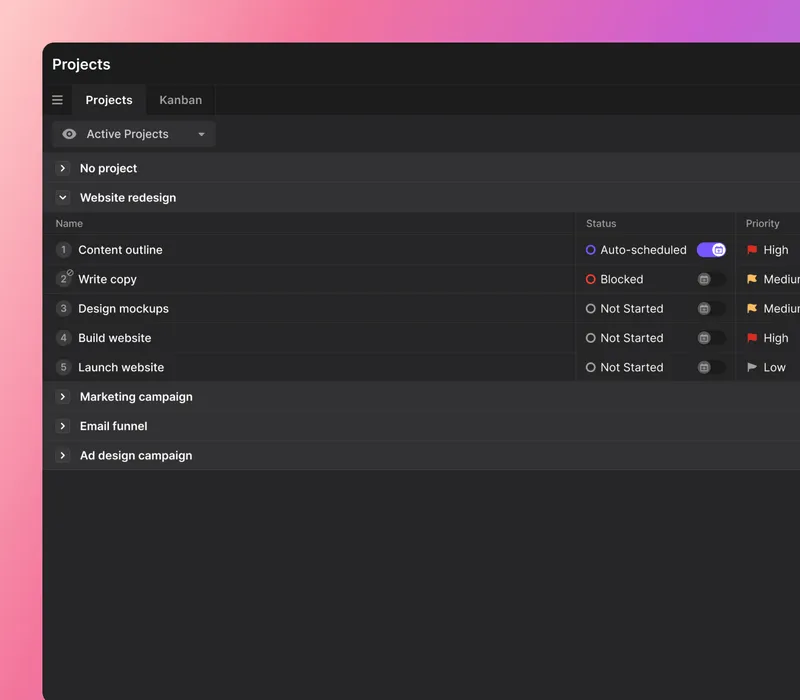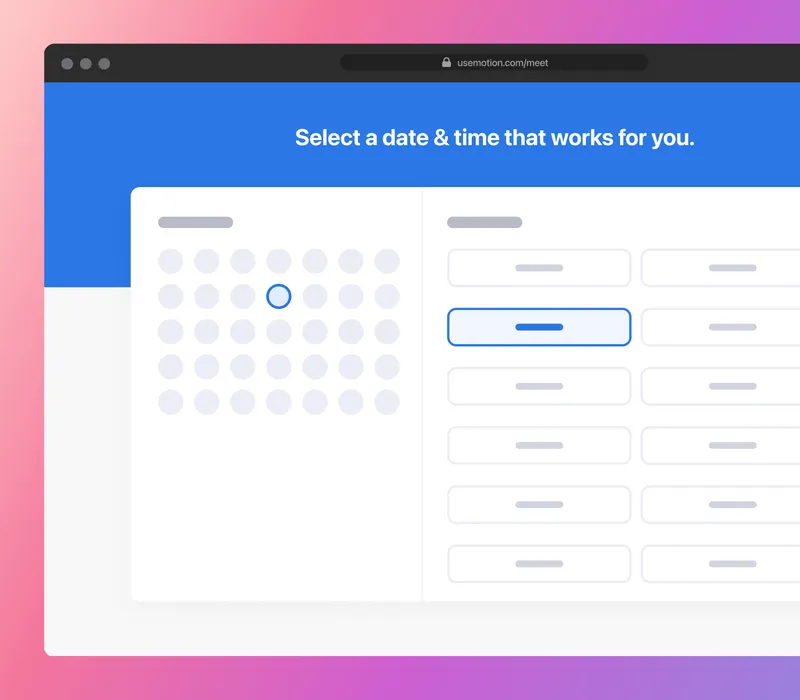Project planning is an essential aspect of project management. A well-planned project can help streamline the entire process, ensure timely completion, and achieve project goals within budget constraints.
In contrast, a poorly planned project can result in missed deadlines, budget overruns, and a final product that fails to meet stakeholders' expectations.
Having a clear and comprehensive project plan is vital to the success of any project.
In this article, we'll provide you with a complete guide to project planning.
We'll delve into the five phases of the project life cycle and break down the essential elements of project planning. Following these five project planning steps helps you execute your projects efficiently.
What is project planning?
We can define project planning as a the process of creating a living, breathing plan that helps in the execution, control, and monitoring of a project.
It involves creating af formal document that outlines the various stages of project execution and control. This document encompasses crucial aspects such as risk management, resource management, deliverables plan, etc. It feeds off other important project documents like the project scope, which would have been defined in the previous phase.
Project planning addresses establishing scope, cost, and schedule baselines and ensuring that all project activities align with the defined objectives. Most importantly, it addresses the approach to a project.
Why is project planning important?
Project planning holds immense importance in the realm of project management. It serves as a foundation for building successful projects.
Here are key reasons why project planning is vital:
- Streamlined execution: clear task definition, and systematic execution enhance efficiency and productivity.
- Deadline management: realistic project timelines enable effective tracking, preventing delays and ensuring timely completion.
- Resource optimization: proper planning allocates and utilizes resources, ensuring project efficiency.
- Risk mitigation: identifying risks and implementing strategies minimizes uncertainties, safeguarding project success.
- Stakeholder alignment: defining objectives, scope, and deliverables fosters collaboration and communication, improving outcomes.
Project planning provides structure, clarity, and direction, instrumental in achieving high-level success.
What’s included in a project plan?
A project plan is a living document that encompasses various elements necessary to guide the project team and stakeholders. They provide a comprehensive framework for project execution, control, and monitoring.
Let's explore some of the key components typically included in a project plan:
- Scope: The project's scope defines the boundaries, objectives, and deliverables of the project. It clarifies what is included and excluded from the project.
- Schedule: The project schedule outlines the timeline, milestones, and the sequence of activities required to complete the project.
- Deliverables: Deliverables are the tangible outcomes or results of the project. They are specific items, documents, or products that need to be completed and delivered within the project's scope.
- Project charter: This document provides a comprehensive overview of the project, outlining its reasons, goals, objectives, constraints, stakeholders, and other relevant aspects. This document can feed information for the project plan.
- Work breakdown structure (WBS): The WBS breaks down the project scope into manageable phases, subprojects, deliverables, and work packages, leading to the final project deliverable. The project plan can draw from pieces of this document.
- Budget & cost control: Budget estimates and cost management measures.
- Resource allocation: This should include the necessary personnel, equipment, and materials to carry out project activities.
- Risk management: This includes assessing risks, developing contingency plans, and establishing monitoring mechanisms to minimize the impact of uncertainties on the project's success.
- Quality management: Quality plans, assurances, and control activities to monitor and improve the project's outcomes.
- Approach to project: This should include how you plan to attack the project. This often involves options like Waterfall, Agile, or Hybrid methods that help to achieve project success.
These components help with the successful creation of a well-organized and comprehensive project plan.
Now let’s take a look at the project lifecycle and the artifacts that are produced along the way.
5 stages of the project life cycle
Any project, regardless of its size, can be complex to manage.
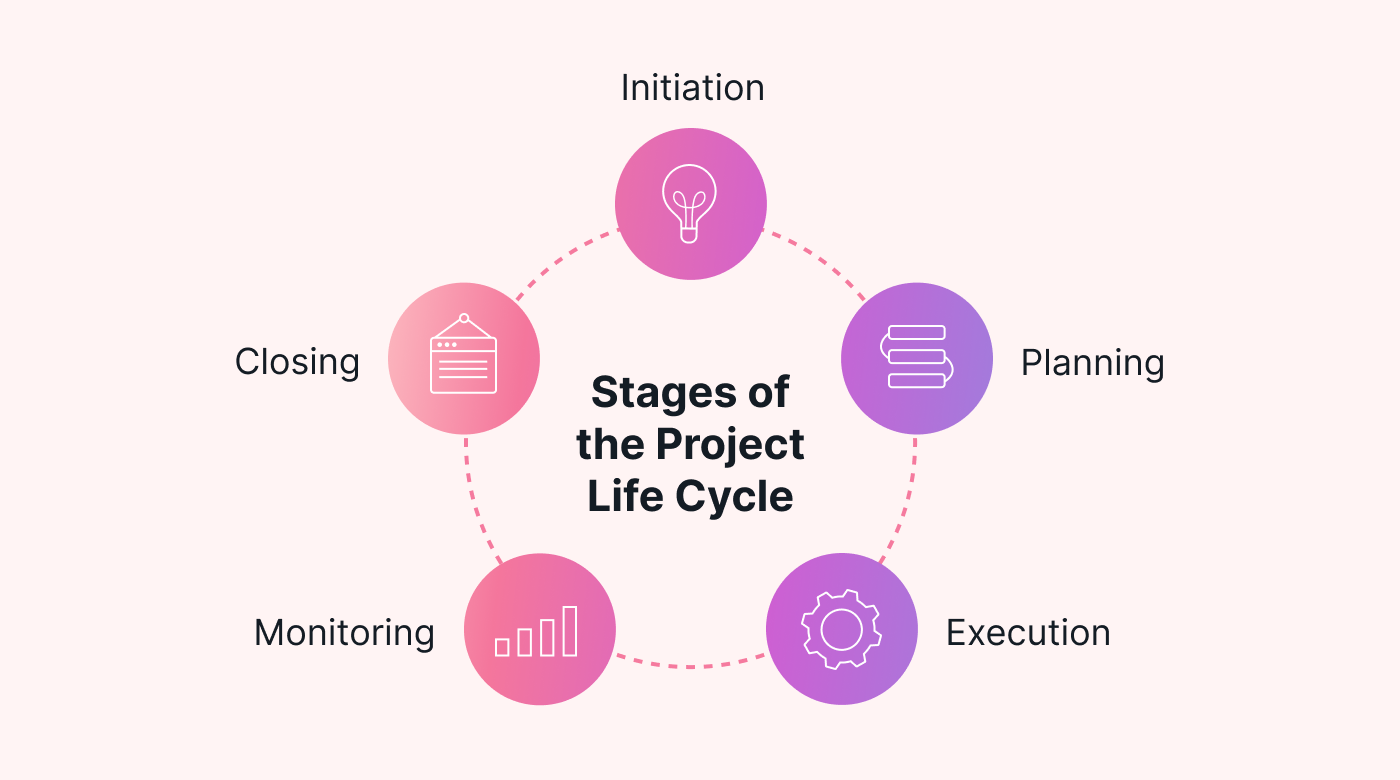 |
Breaking down the project into distinct phases provides a structured approach to a project plan. You can navigate the project life cycle by aligning project planning elements with each phase.
Here's a brief overview of the five stages of the project life cycle:
Initiation
The initiation phase serves as the launchpad for your project.
Project planning begins by defining goals, objectives, and key stakeholders' needs through artifacts like the project charter.
This phase sets the project's direction and explains its purpose.
Planning
During the project planning phase, the project planning process takes center stage.
Here you draft a project plan, including considerations for:
- Scope management
- Resource allocation
- Risk assessment
The WBS is usually also created during the planning stage. The work breakdown structure helps break down the project into manageable tasks and deliverables.
Execution
As the project moves into the execution phase, the project plan comes to life.
Resources are allocated, tasks are assigned, and the work starts.
Effective communication and coordination, established during project planning, play a vital role here.
Monitoring and controlling
This phase relies on project planning elements to track progress, measure performance, and manage risks.
Regular assessments against the project plan help ensure that the project stays on track and deviations get handled.
Closure
As the project reaches its closure, project planning elements aid in the following:
- Evaluating final deliverables
- Documenting lessons learned
- And finalizing project documentation
This phase provides an opportunity to reflect on the project's success and identify areas for improvement, which can inform project planning in future endeavors.
Five project planning steps
Following a structured approach to plan and manage a project is important.
Below is a quick breakdown of the five steps used for effective project planning before we dive deeper into each.
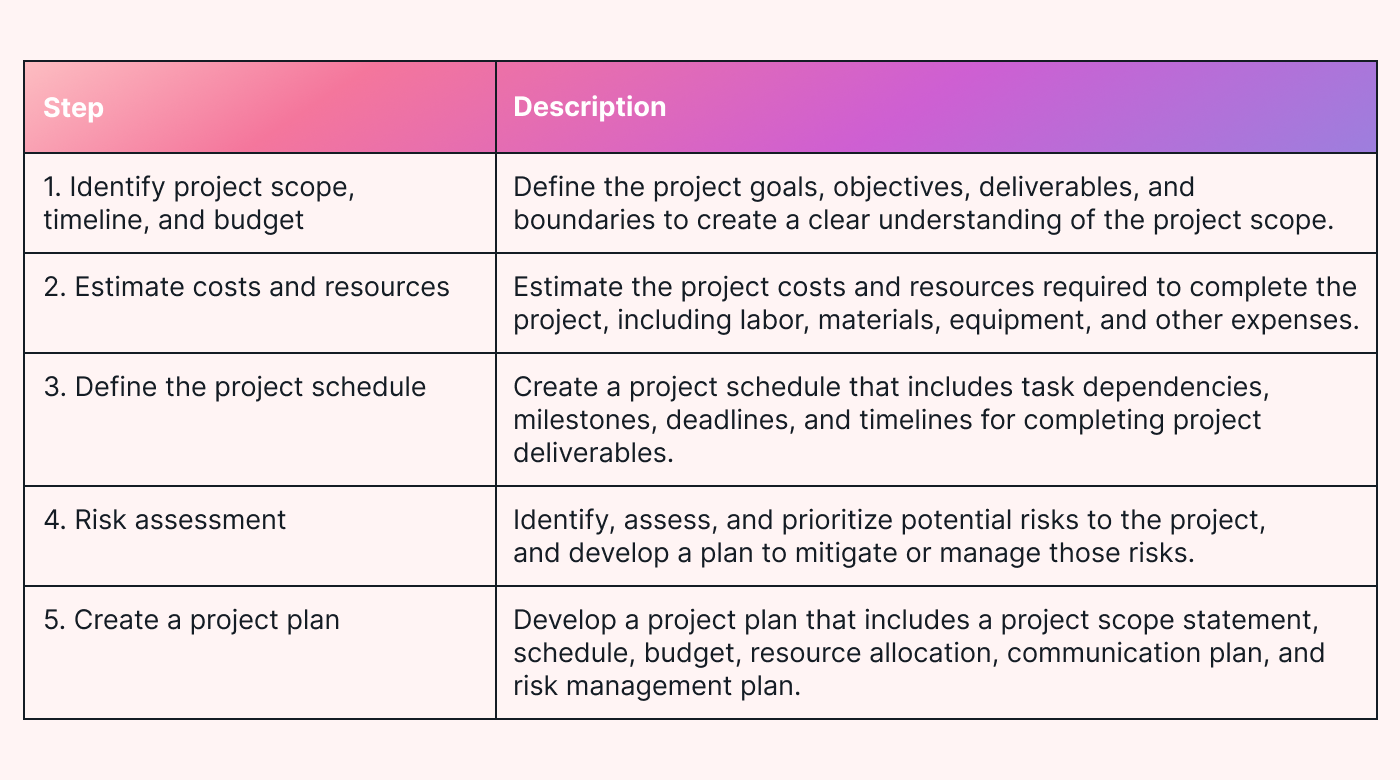 |
1. Identify the project scope
Defining the project scope is akin to drawing the boundaries within which your project will operate. It ensures that everyone involved understands what needs doing and why.
To pinpoint the project scope, consider these essential elements:
- Define goals and objectives: Paint a vivid picture of the project's goals.
- Determine requirements and constraints: Consider budgets, timelines, resources, and regulations. These factors shape the project's contours.
- Identify stakeholders and their needs: Take a panoramic view of those involved and impacted by the project. Understand their perspectives, requirements, and expectations to consider their needs.
- Develop a Project Charter and Statement of Work (SoW): These documents embody the project's essence.
By identifying the project scope, you set the foundation for seamless project planning and execution.
With a shared understanding, the project can unfold like a well-rehearsed symphony.
2. Estimate costs and resources
Estimating costs and resources is like calculating the ingredients and budget for a culinary masterpiece.
 |
Accurate estimates are crucial for gauging the project's feasibility and ensuring proper staffing and adequate funding.
This sets the stage for a smooth and successful execution, where each ingredient and resource contributes to the project's ultimate success.
Estimates also provide stakeholders with a clear understanding of the project's financial implications and enable informed decision-making.
To estimate, you need to look at these two important metrics:
- Estimate the cost of the project: like a meticulous chef, assess the expenses involved. A thorough evaluation helps determine the financial resources required for a successful outcome. This includes labor, materials, and other operational costs.
- Estimate the resources needed: like a recipe calls for specific ingredients, identify the necessary personnel, equipment, and facilities for the project. This guarantees that the project is equipped to meet its objectives.
3. Define the project schedule
A realistic and well-defined schedule considers potential risks and uncertainties, allowing adjustments throughout the project lifecycle.
With a well-structured project schedule, you establish a harmonious tempo for project execution. This allows for efficient resource allocation, timely task completion, and effective risk management.
To compose this symphony of scheduling, follow these key steps:
- Like musical notes forming a melody, outline the sequence of tasks and their dependencies. Identify critical milestones that mark significant progress and guide the project's rhythm.
- Similar to identifying the lead instruments and solos, pinpoint the tasks that impact the project's timeline. Recognize potential bottlenecks or constraints that could impede progress.
4. Risk assessment
In project management, risk assessment plays the crucial role of identifying possible risks that might affect the project. It also helps to plan approaches for keeping the project on track.
This step evaluates risks and their potential impact on the project. A risk management plan is then developed, which outlines strategies for mitigating and controlling them.
Once the plan is in place, you need to track and control risks throughout the project lifecycle. This may involve regular risk assessments and updates to the risk management plan.
Some common risks to identify during a risk assessment include:
- Budget and resource constraints
- Time constraints
- Technological issues
- Changes in project requirements (scope)
- External factors such as political or economic events
5. Create a project plan
Now use all the information from the previous steps and build the project plan. This is where all the elements come together and create the plan for achieving harmonious success.
The project plan is a comprehensive document combining the information gathered during the earlier stages of project planning.
As a living document, the project plan should be tracked and updated throughout the entire project's lifecycle to ensure it remains relevant and effective.
After creating the plan, you should review and get approval from all stakeholders (and make changes if needed.)
Project planning examples
Project planning is a versatile process applied in various industries and endeavors.
Let's explore a few examples where project planning plays a crucial role so you can see it in action:
Developing a mobile app
Project planning plays a massive role in success when building a mobile app.
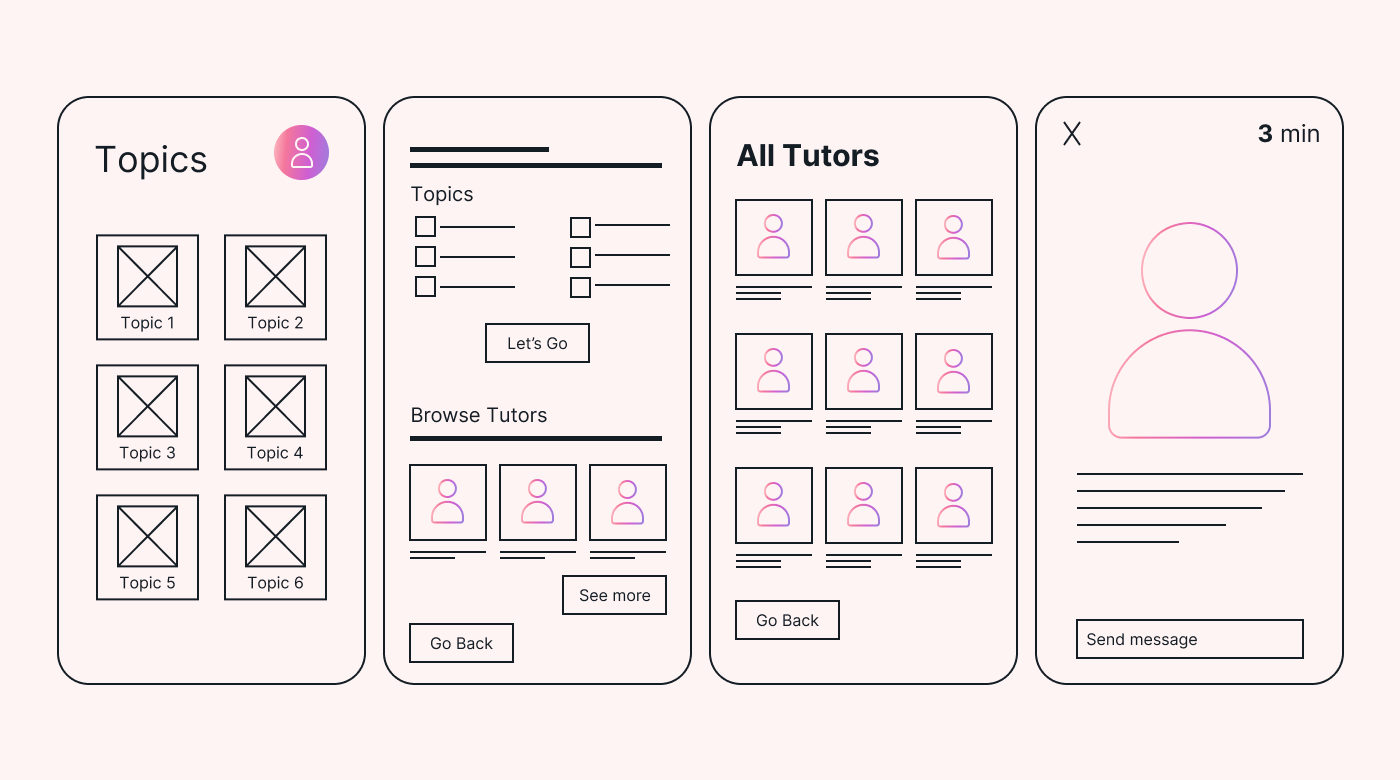 |
Mobile app developers require a well-structured project plan to navigate the complexities of app development. From concept to launch, a project plan helps outline the key milestones, allocate resources, and manage timelines.
Developers can streamline their workflow by breaking the development process into manageable tasks and setting clear objectives. This allows them to focus on delivering a high-quality app on time.
Launching a new product
Launching a new product involves a series of coordinated efforts, and planning plays a vital role in its success.
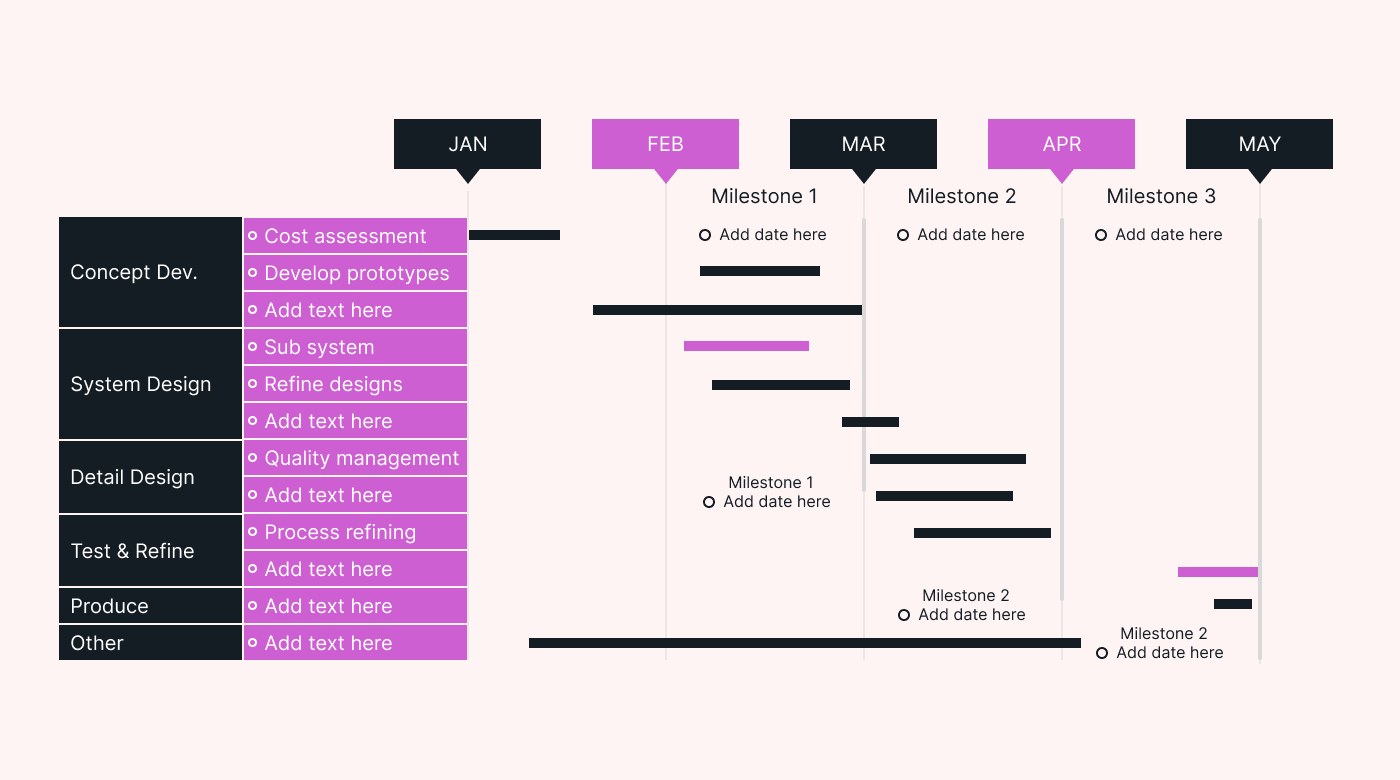 |
Starting with market research to understand customer needs and competition, a project plan guides the product design and development process.
It can include crucial elements such as:
- Manufacturing
- Supply chain management
- Marketing
- Sales strategies
By integrating these components into a cohesive project plan, businesses can ensure that their new product achieves market success by reaching store shelves on schedule and meeting customer expectations.
Business strategy
Exploring different business strategies, such as growth or diversification, is essential for companies to succeed.
 |
Project planning provides a structured framework to analyze and implement these strategies.
To create a well-defined business plan:
- Conduct a comprehensive assessment of the business environment
- Perform a SWOT (Strength, Weakness, Opportunity, Threat) analysis
- Outline strategic options
- Implementation of the chosen business strategy
This plan aligns resources, establishes clear objectives, and sets a roadmap for implementing the chosen business strategy.
Get project planning today
Effective planning plays a pivotal role in achieving success in the dynamic world of project management. It sets the stage for seamless execution, optimal resource allocation, and project completion. No matter what niche your business is in, project planning is a critical factor in achieving your objectives.
By adopting robust project planning methodologies, you can navigate your projects. It ensures all stakeholders align, risks are mitigated, and projects stay on track.
To take your projects to the next level consider tools like Motion. With Motion you can say goodbye to manual coordination and embrace a smarter way to manage your projects.
How Motion makes project planning easier
Motion is the game-changer in planning.
With Motion, you can bid farewell to the stress of coordinating your team and instead focus on what matters.
Motion is an AI-backed task management system that simplifies project planning and execution. It streamlines the entire process, ensuring that you stay on track, and reduces the manual effort involved in planning.
One of the key features of Motion is its project management system, which provides a centralized platform for activities. Motion offers a comprehensive solution to keep your projects organized and efficient, from defining project scope and milestones to assigning tasks and tracking progress.
With Motion, you can create and manage project schedules with ease. The intuitive interface allows you to break down your project into manageable tasks and assign them to team members. The automated scheduling feature ensures that tasks are allocated based on availability and dependencies.
Motion also offers real-time collaboration and communication tools, enabling seamless coordination among team members. You can share project updates, exchange files, and engage in discussions.
Experience the ease and efficiency of project scheduling with Motion. Say goodbye to manual coordination and embrace a smarter way to manage your projects.
Now is the time to take action and embrace the power of project planning. Equip yourself with the right tools, like Motion and methodologies, to streamline your process.
Try Motion today and witness the transformative power it brings to your projects by clicking here.


